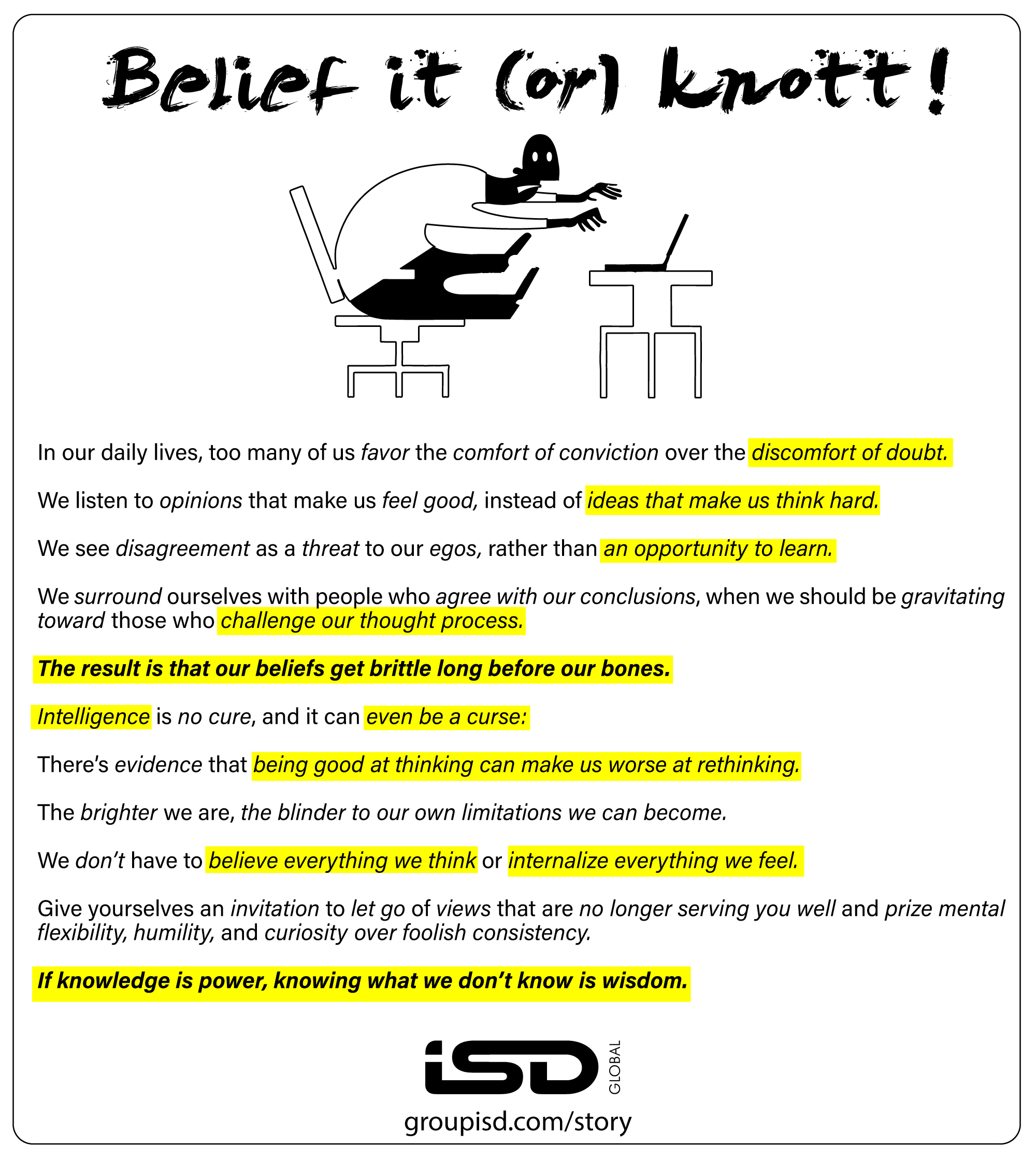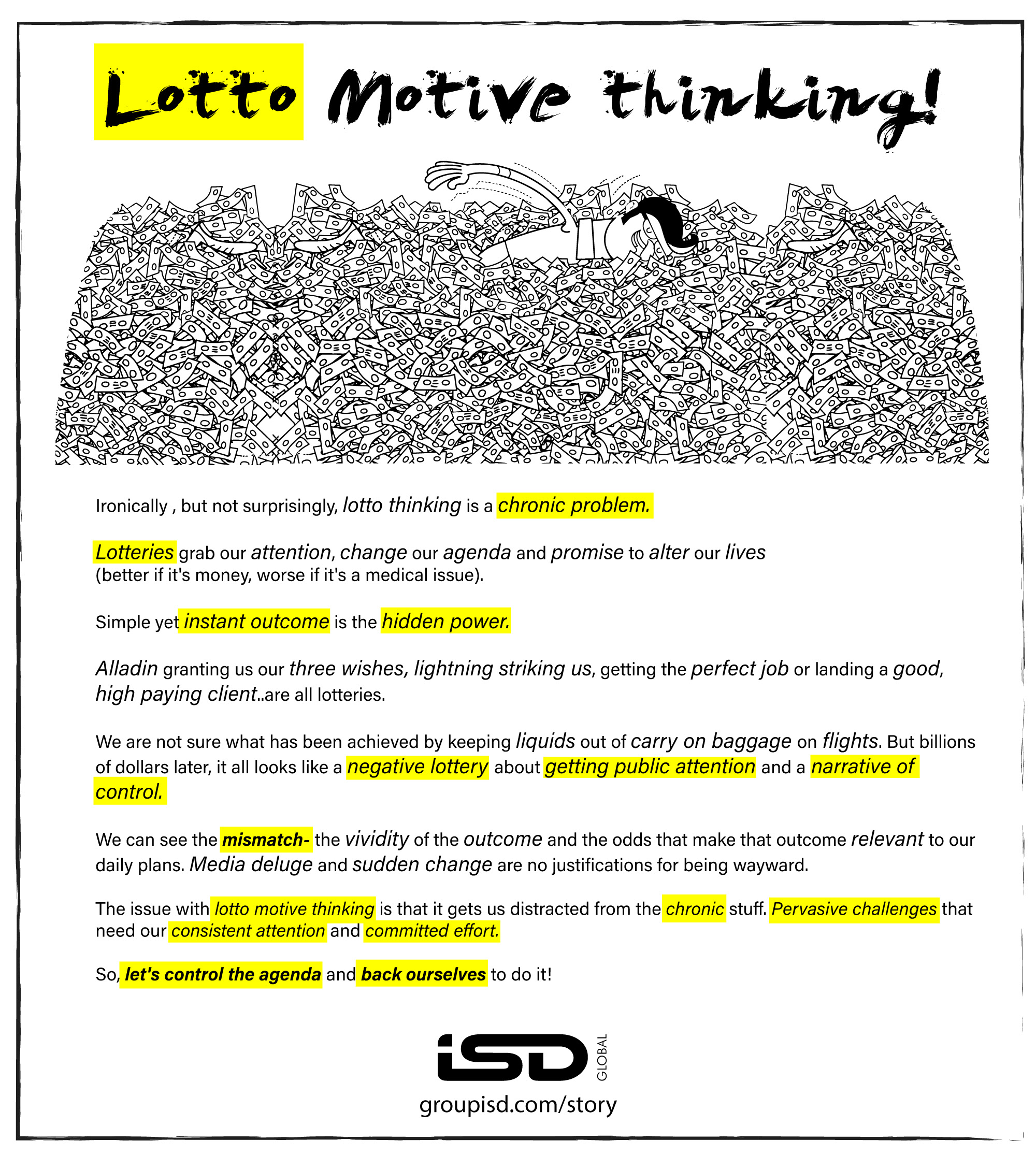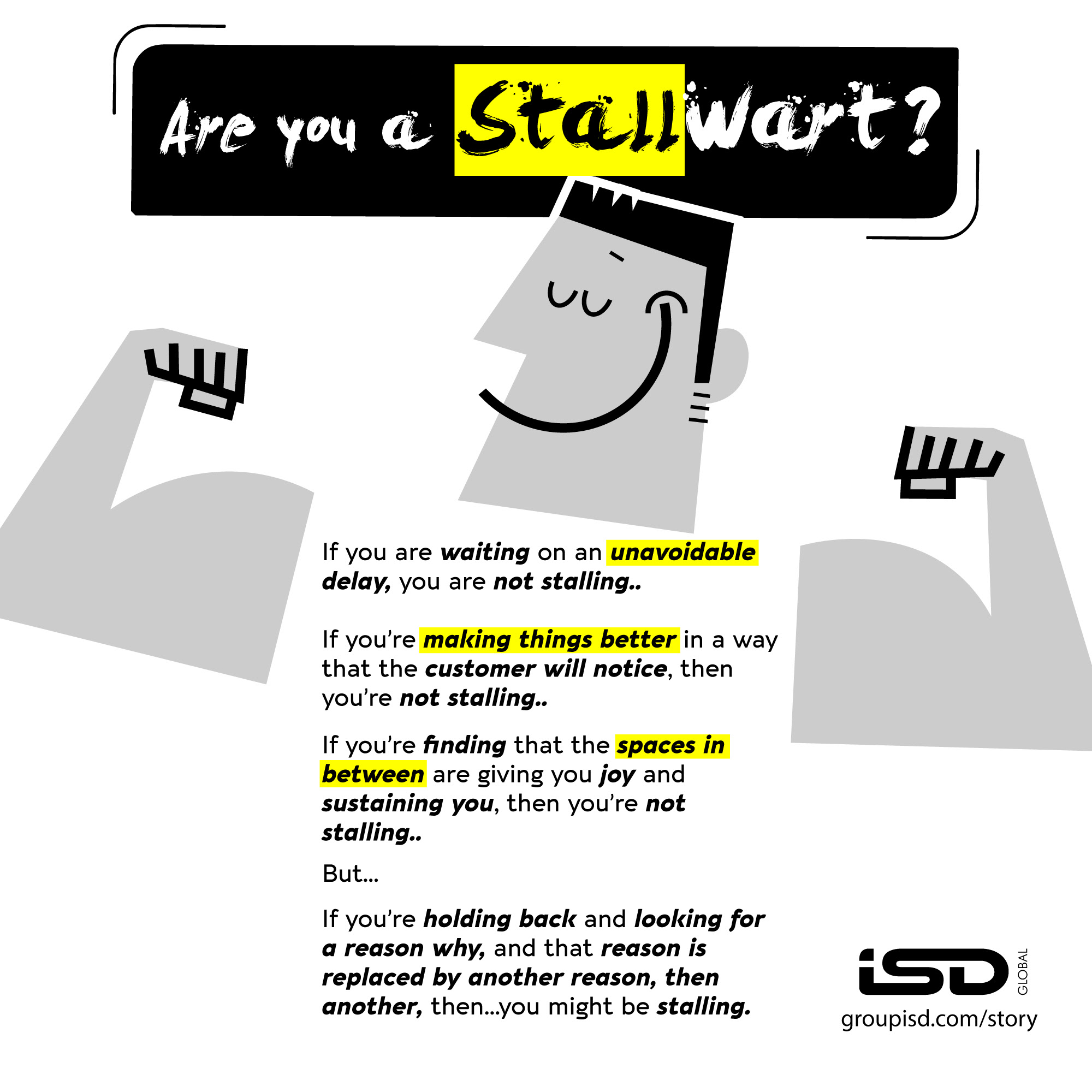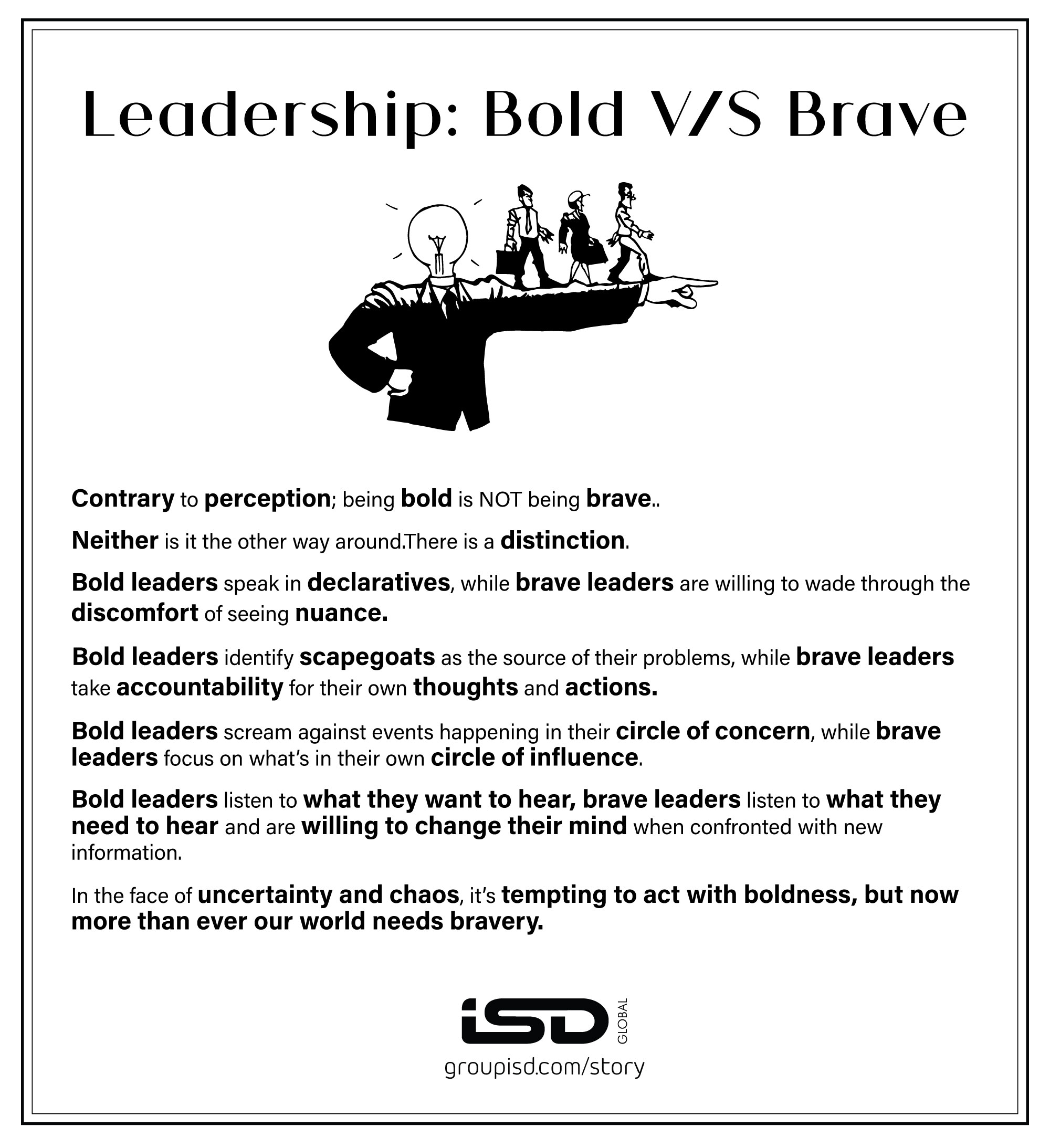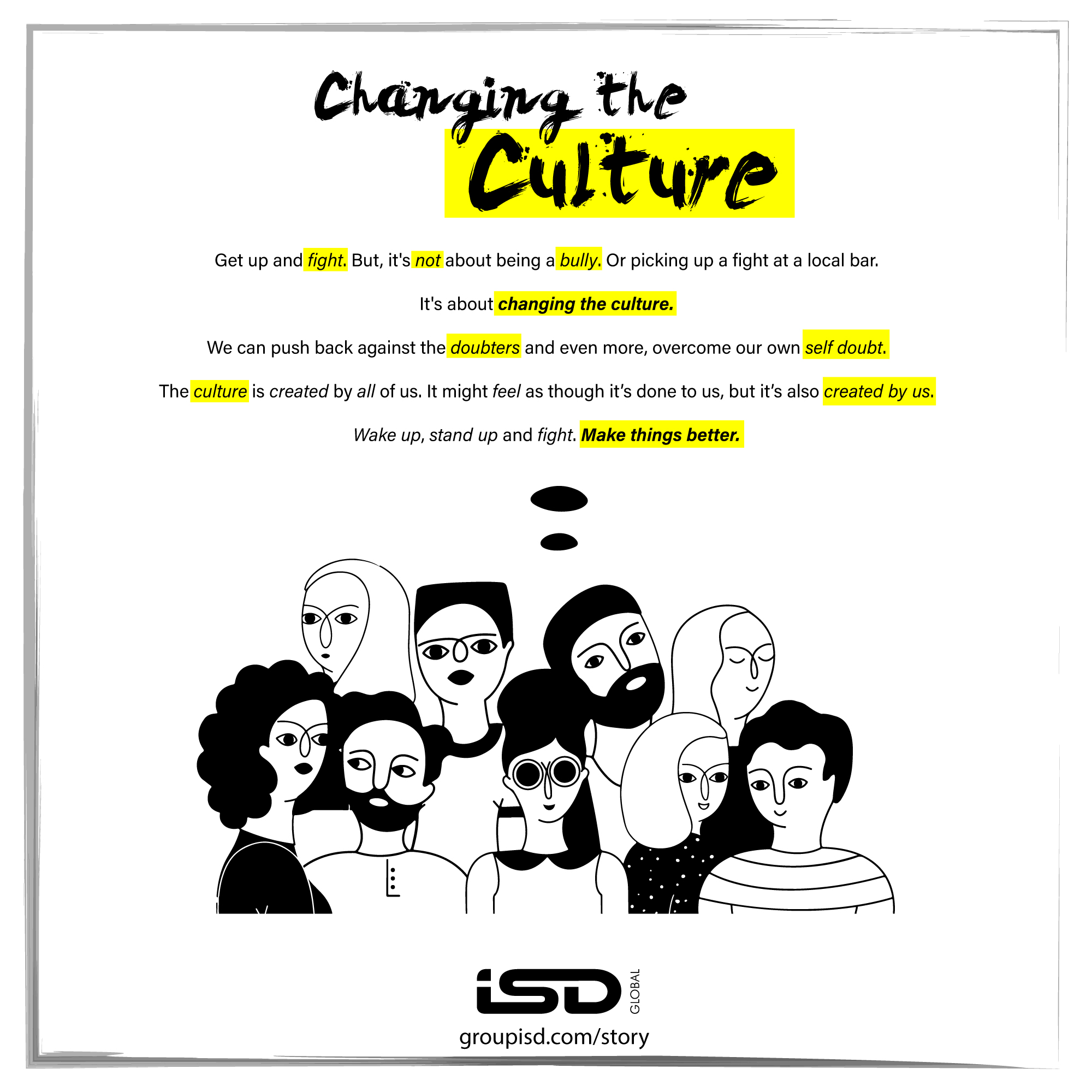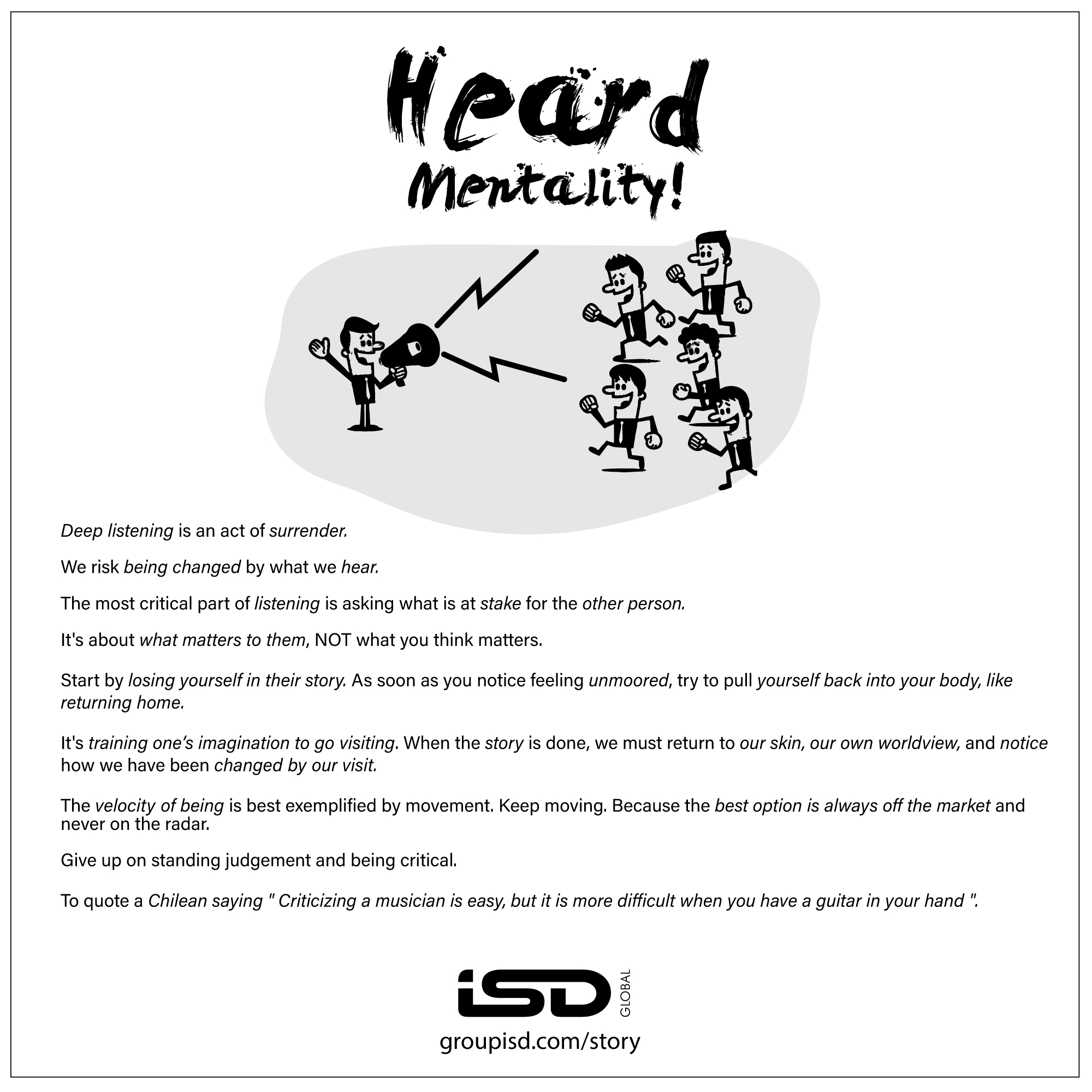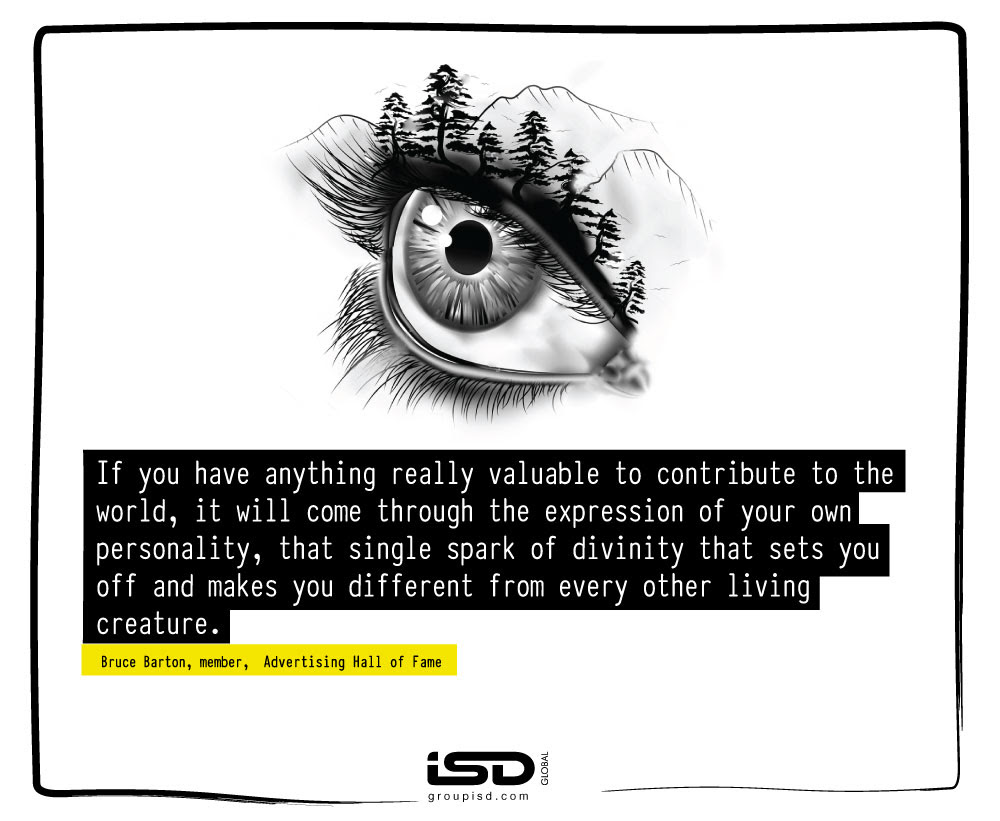Trading is perceived as a contest between two sides. I win. You lose. You win. I lose.
You get up in the morning. The weather looks gloomy and you are in for an inclement day. Given the situation what do you decide to trade down? The meeting that you had got through great difficulty? Servicing your car that you have been putting off for quite sometime.
Caveat Emptor– I am no trader. But, there are many analogies that can be drawn between trading and living, the most obvious being that life has “its ups and its downs”, and we’ve got to learn to navigate each phase knowing that sooner or later we will experience another, possibly opposite phase. But if this were the only “lesson” to be learned from trading, you can be sure that my fascination would not have developed and that I would not be boring you with this post.
We have been doctrined on the ‘ cause and effect ‘ model. i.e if you do A, you will get B. Something that will find favour in the laws of physics rather than in real life. Trading can be taken as a ‘ workout for life ‘ with the most important lesson being that outcomes in life are far more probabilistic in nature than deterministic one. Perfect causality is a myth and the principle of uncertainty, theory of relativity and the chaos theory do point in the same direction.
Every trade is a bet and while placing that bet, one must be perfectly conscious that ‘ everything can and will happen ‘. Winning in the trading game is not about one trade or another, but getting to understand the nuances and context such that you continue to believe in your edge and over the long term, you profit more than you lose.
Isn’t this what life is about? Most biographies of successful people tell the same story over and over: that the failures of these people were numerous and spectacular. If failure disheartens us and makes us give up, then we are like a trader that cannot take any more losses and decides to abandon the game before letting his (favorable) odds play out. We are making that single, isolated failure turn into a Failure. We are letting a lost battle become a lost war.
Indeed it is difficult to accept failures in life. However, if we start looking at things through the paradigm of probabilities rather than determinism we will learn to give less importance to single events and focus, rather, on the bigger picture which is improving our odds against failure.
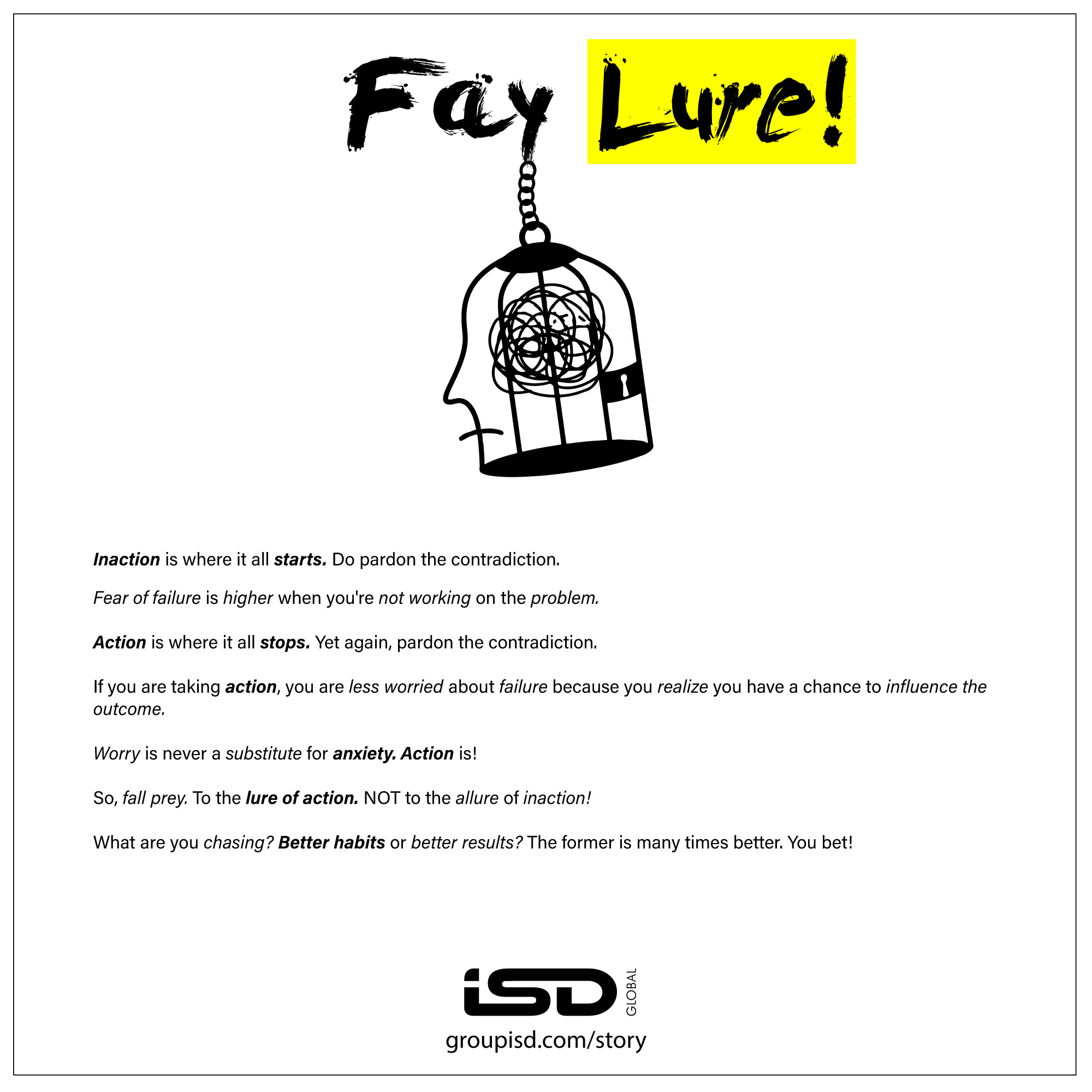
Summarising, it might not be a bad idea to adopt a trader’s mindset. Even if you don’t do any trading. After all, as some wise man said, ” In the short run, anything can and will happen “.
It’s possible to day trade tragedy and doom, and if it was the best way to make things better, one be in favor of it. But with all the doors that have opened through science, technology, culture, what a chance to make things better. To make something, and to make things better.

